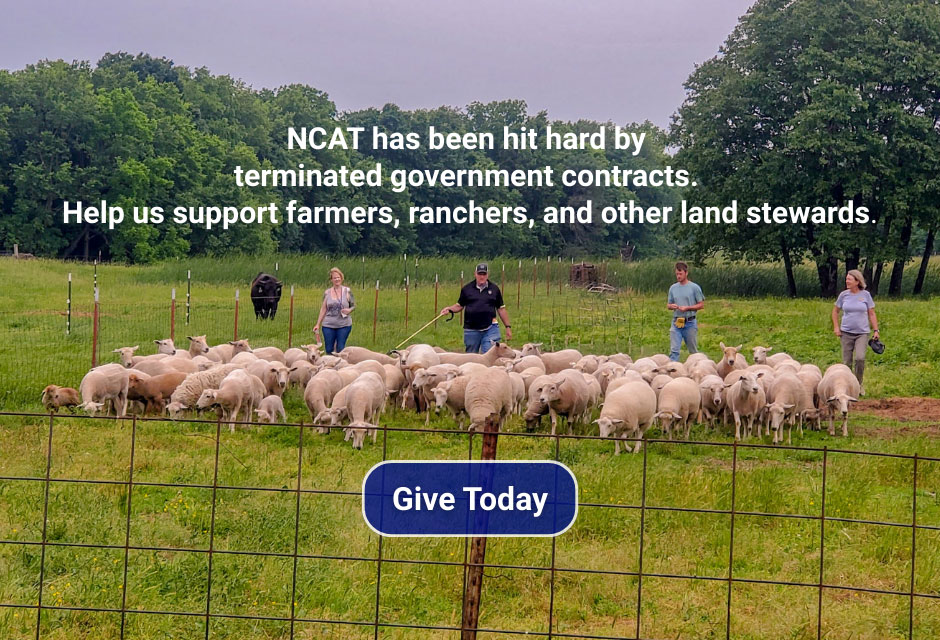Biochar Is Key to Cascading Benefits in Innovative Carbon Chicken Project
Fifth-generation Arkansas farmer Jody Hardin was introduced to a potentially game-changing soil additive through a USDA Conservation Innovation Grant in 2011. That’s when Hardin began studying biochar—a charcoal-like material that […]

